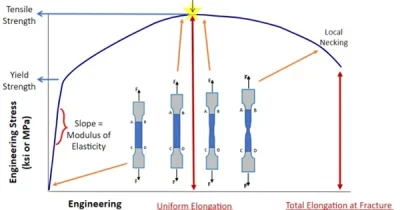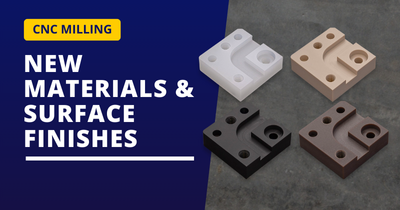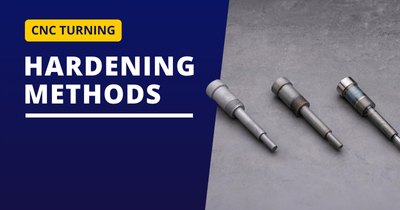Overview of Hardening Methods
Types, Applications, and Benefits
In manufacturing and material science, hardening is a critical process used to increase a material’s strength, wear resistance, and durability. This blog provides an overview of the most common hardening methods, their applications, and how they enhance the performance of metals—particularly in tools, machinery, and structural components.
What is Hardening?
Hardening refers to a group of heat treatment or surface treatment processes that increase a material’s hardness—its resistance to deformation and wear. It is especially important in components exposed to high stress, friction, or impact.
Hardening typically improves:
• Tensile strength
• Fatigue resistance
• Surface durability
• Overall material lifespan
Common Hardening Methods
1. Conventional Quench Hardening
• Process: Heating steel to a high temperature and rapidly cooling it in water, oil, or air.
• Effect: Transforms austenite to martensite, increasing hardness significantly.
• Best For: Medium and high-carbon steels.
• Applications: Gears, shafts, tools, dies.
2. Vacuum Quench Hardening
• Process: Heating steel to a high temperature and quenching in oil or gas in a vacuum chamber.
• Effect: Effect is the same as Conventional Quench but material is less likely to distort and has a better more uniform appearance.
• Best For: Tool steel, die steel, high-speed steel, ultra-high strength steel
• Applications: Turbine blades, engine parts, surgical instruments
3. Tempering (Post-Quenching)
• Process: Reheating quenched steel to a lower temperature and then cooling.
• Effect: Reduces brittleness while maintaining hardness.
• Best For: Applications needing a balance of toughness and hardness.
• Applications: Springs, hammers, blades.
4. Case Hardening (Surface Hardening)
• Process: Hardens only the outer surface layer while keeping the core ductile.
• Types: Carburizing, nitriding, carbonitriding.
• Effect: Creates a wear-resistant outer shell.
• Best For: Parts that need a tough core and hard exterior.
• Applications: Camshafts, piston pins, firearm components.
5. Induction Hardening
• Process: Uses electromagnetic induction to heat the metal locally, followed by rapid cooling.
• Effect: Localized surface hardening with deep case depth control.
• Best For: Parts requiring specific hardened zones.
• Applications: Crankshafts, rollers, axles.
6. Flame Hardening
• Process: A high-temperature flame heats the surface, followed by rapid cooling.
• Effect: Similar to induction hardening but with gas flame instead of induction coils.
• Best For: Large or irregularly shaped parts.
• Applications: Gear teeth, rails, large shafts.
7. Age Hardening (Precipitation Hardening)
• Process: Heat treating alloys to form precipitates that hinder dislocation movement.
• Effect: Improves strength without losing ductility.
• Best For: Aluminum, nickel, titanium alloys.
• Applications: Aerospace components, high-performance machinery.
How to Choose the Right Hardening Method
Selecting the right hardening method depends on several factors:
• Material composition (e.g., carbon content in steel)
• Part geometry and size
• Required surface hardness and core strength
• Environmental operating conditions
• Cost and production scale
For example, case hardening is ideal for parts that need wear resistance on the surface and shock resistance inside, while quench and temper is commonly used for tools and structural components.
Benefits of Hardening
• Improved wear resistance
• Extended component lifespan
• Better load-bearing capacity
• Reduced deformation under load
• Increased performance in dynamic or high-stress applications
Hardening processes are essential in industries like automotive, aerospace, construction, heavy machinery, and precision tooling.
Conclusion
Hardening plays a vital role in enhancing material properties for demanding engineering applications. From surface treatments like case hardening to through-hardening methods like quenching and tempering, each process offers unique benefits tailored to the part’s function.
Understanding these methods helps engineers choose the most effective way to improve part performance and reliability.
Need Help Choosing the Right Material?
Send us an email at: meviy-usa@misumiusa.com






